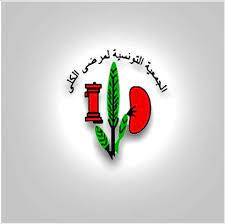
Association: ATIR
The association aims to provide material, medical and moral support to elderly people suffering from kidney failure.
Projets soutenus
2021 : Fav Saving-Lives
This box is transportable, which allows operations to be performed in many regions of Tunisia where hospitals do not have surgical equipment. This will allow to save
up to 50 patients with kidney failure per year, mainly 50 years old and more, since these are the patients who find the most difficulties during dialysis sessions and develop
fatal complications because of the fragility of their blood vessels.
The Foundation has financed the purchase of this equipment.
2022 : Plume
The main purpose of the project is to finance a special scale for elderly and/or dependent patients with kidney failure
. This scale will be installed in the hemodialysis unit at
Nephrology, dialysis and renal transplantation department of the CHU Rabta hospital.
The Foundation has financed the purchase of this equipment.
2023 : Finance Surgery
The project consists of financing fistula and catheterization operations for the most needy patients
, aged 50 and over, of whom there are 14. These operations are not covered by the national social security fund.
The Foundation finances the care of these 14 patients.
2024 : Défi pour la vie
La gériatrie est la spécialité médicale consacrée à l’étude et au traitement des maladies associées au vieillissement : maladies oculaires, troubles sensoriels (déficience visuelle, surdité), troubles neurologiques et cognitifs (maladie d’Alzheimer, démence…), malnutrition, etc. Offrant une prise en charge globale du patient, cette spécialité a pour mission de maintenir ou de restaurer l’autonomie des personnes âgées.
Le projet permettra d’équiper 4 unités gériatriques d’un scope, également appelé moniteur de surveillance.
Les moniteurs de surveillance médicale, également appelés moniteurs multiparamétriques, sont des appareils de mesure dont le rôle principal est d’observer les signes vitaux essentiels d’un patient, tels que la fréquence cardiaque, la pression artérielle, la saturation en oxygène du sang ou la fréquence respiratoire.
Selon les besoins des établissements hospitaliers, les multiples fonctionnalités de ces moniteurs permettent le suivi médical de différentes caractéristiques de l’organisme.